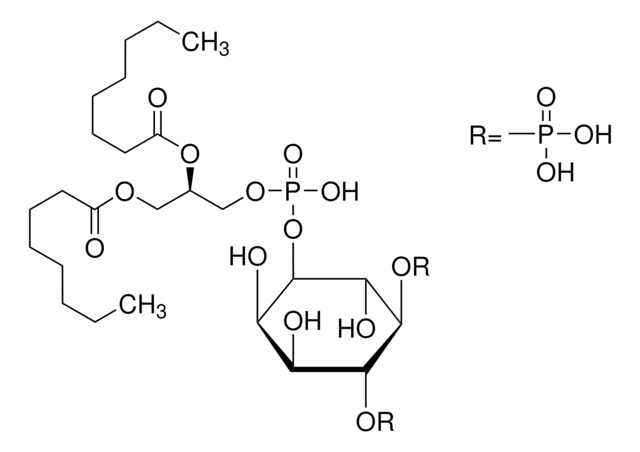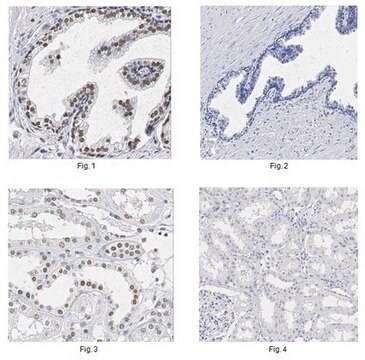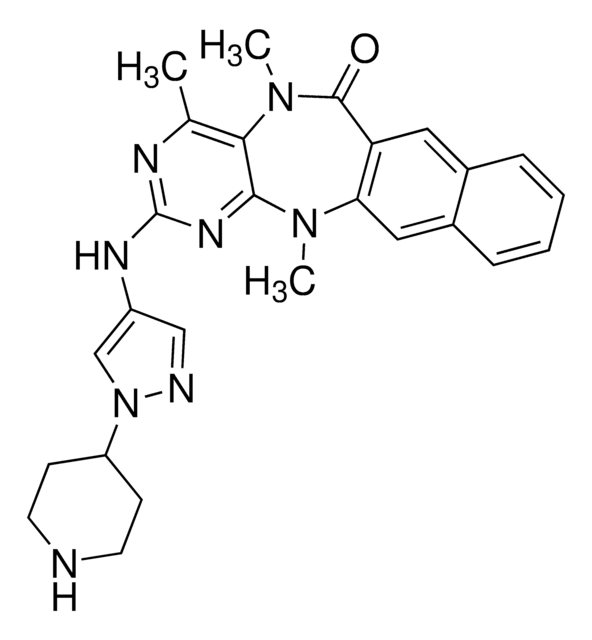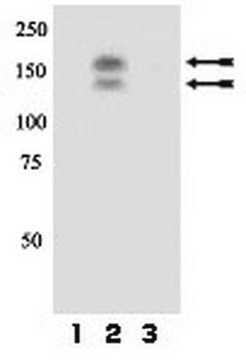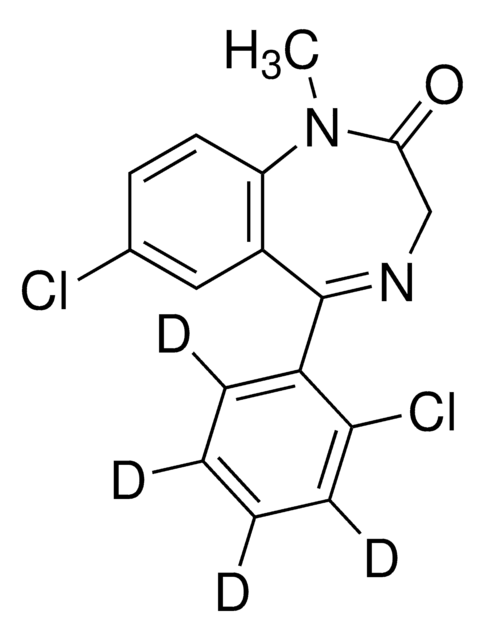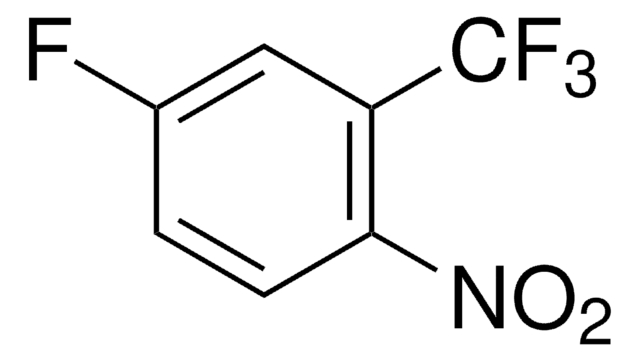Key Documents
SML2628
NVP-BSK805 Trihydrochloride
≥98% (HPLC)
Synonim(y):
4-(2,6-Difluoro-4-(3-(1-(piperidin-4-yl)-1H-pyrazol-4-yl)quinoxalin-5-yl)benzyl)morpholine trihydrochloride, 8-(3,5-Difluoro-4-morpholin-4-ylmethyl-phenyl)-2-(1-piperidin-4-yl-1H-pyrazol-4-yl)-quinoxaline trihydrochloride, 8-[3,5-Difluoro-4-(4-morpholinylmethyl)phenyl]-2-[1-(4-piperidinyl)-1H-pyrazol-4-yl]quinoxaline trihydrochloride, BSK 805 3HCl, BSK805, 3HCl, NVP-BSK 805 3HCl
About This Item
Polecane produkty
Próba
≥98% (HPLC)
Postać
powder
kolor
faint yellow to dark orange
rozpuszczalność
H2O: 2 mg/mL, clear
temp. przechowywania
−20°C
Działania biochem./fizjol.
Kod klasy składowania
11 - Combustible Solids
Klasa zagrożenia wodnego (WGK)
WGK 3
Temperatura zapłonu (°F)
Not applicable
Temperatura zapłonu (°C)
Not applicable
Certyfikaty analizy (CoA)
Poszukaj Certyfikaty analizy (CoA), wpisując numer partii/serii produktów. Numery serii i partii można znaleźć na etykiecie produktu po słowach „seria” lub „partia”.
Masz już ten produkt?
Dokumenty związane z niedawno zakupionymi produktami zostały zamieszczone w Bibliotece dokumentów.
Nasz zespół naukowców ma doświadczenie we wszystkich obszarach badań, w tym w naukach przyrodniczych, materiałoznawstwie, syntezie chemicznej, chromatografii, analityce i wielu innych dziedzinach.
Skontaktuj się z zespołem ds. pomocy technicznej